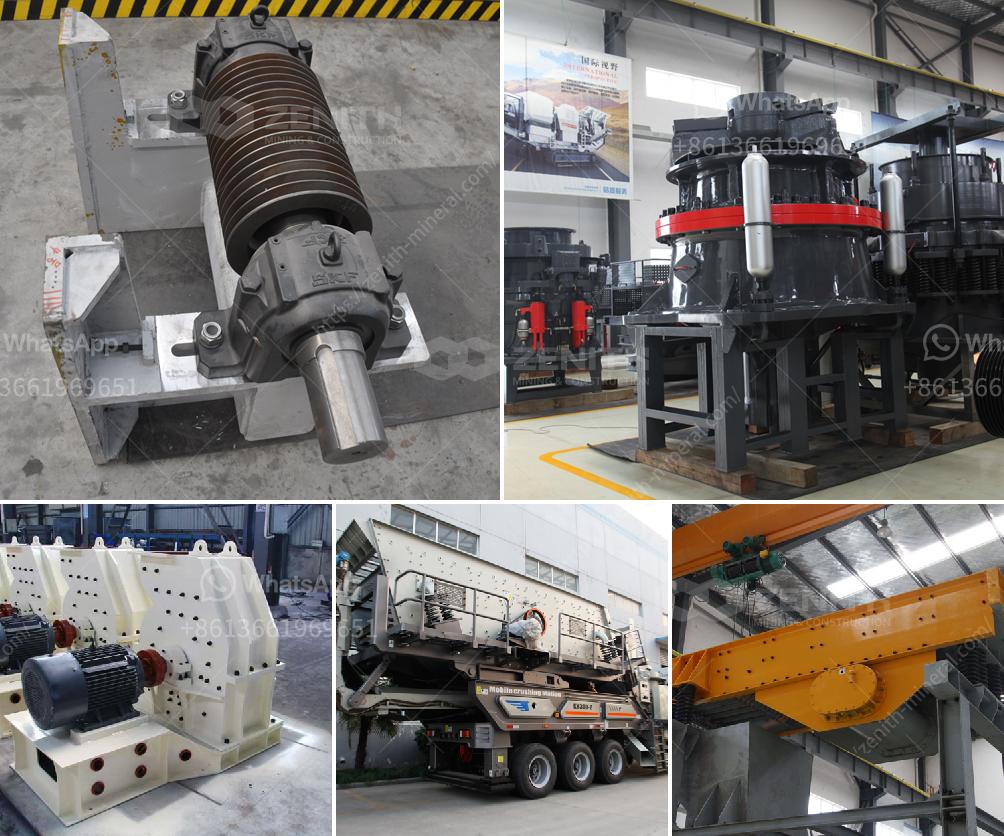Nickel flotation is a complex process used to separate nickel and other valuable minerals from the ore. The general process steps are as follows:
Ore Crushing and Grinding: The raw ore is crushed and ground into fine particles to liberate the nickel-containing minerals from the surrounding rock.
Slurry Preparation: The ground ore is mixed with water and special chemicals to create a slurry, which facilitates the flotation process.
Conditioning: Various reagents (collectors, frothers, and modifiers) are added to the slurry to condition it and enhance the floatability of the nickel-containing minerals. Collectors increase the hydrophobic properties of the minerals, frothers help in creating stable air bubbles, and modifiers adjust the pH and other properties of the slurry.
Flotation: The conditioned slurry is aerated in flotation cells. Air bubbles introduced into the slurry attach to the hydrophobic nickel particles and rise to the surface, forming a froth. The froth, which contains the concentrated nickel minerals, is continuously skimmed off the surface.
Froth Collection: The froth containing the nickel concentrate is collected and further refined. The remaining slurry, called tailings, is usually discarded or subjected to additional processing to recover other valuable minerals.
Concentrate Dewatering: The nickel concentrate is thickened and dewatered to remove excess water. This can be done using filters, thickeners, or centrifuges.
Further Processing: The dewatered nickel concentrate may go through additional stages such as roasting and smelting to produce pure nickel metal or intermediate products.
Each of these steps may vary in detail depending on the characteristics of the ore and the specific requirements of the mining operation.
